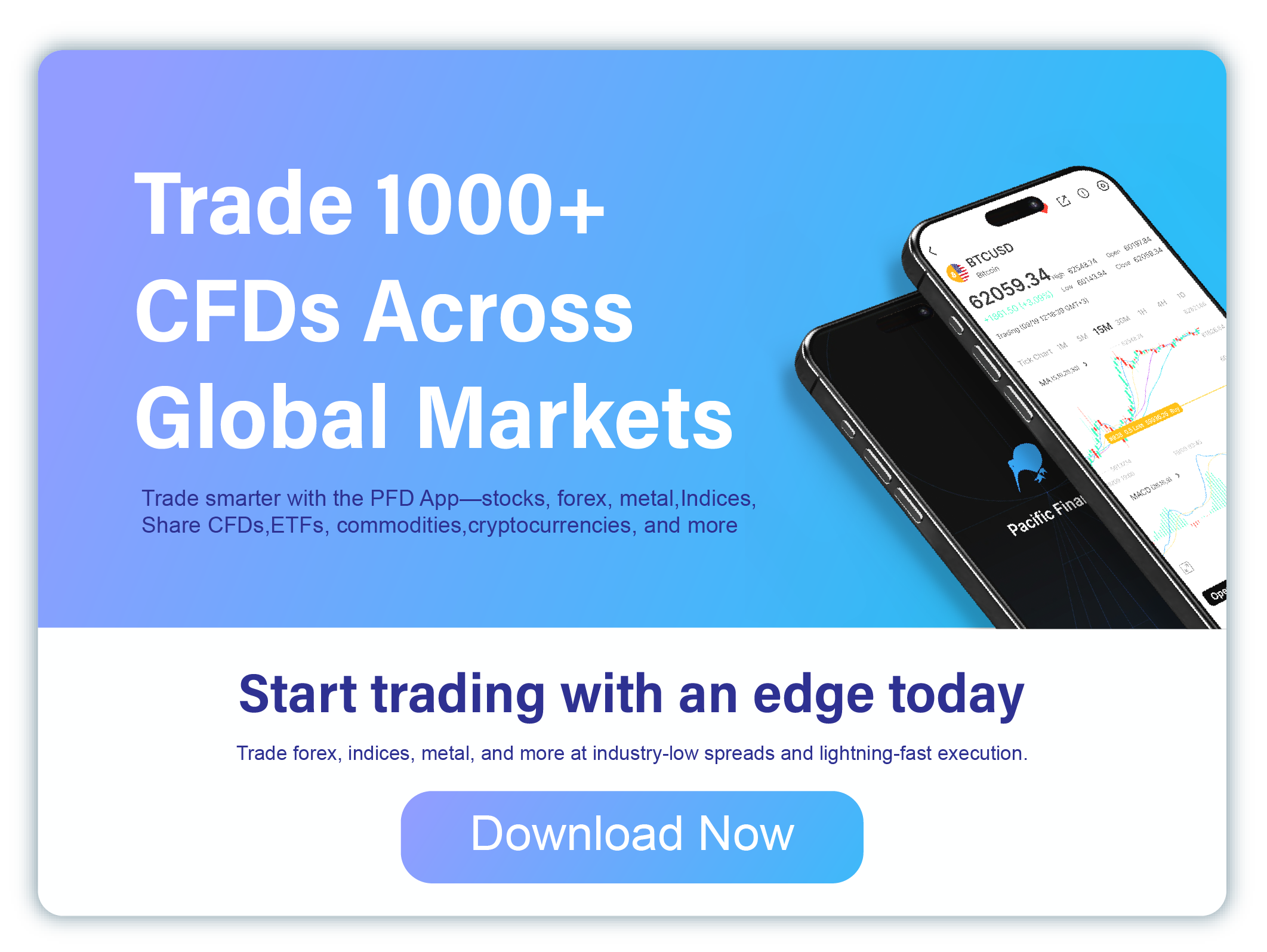Commodity futures trading is an essential component of global financial markets, offering investors the opportunity to speculate on the future price of a wide range of commodities, from agricultural products to metals and energy. The price of these futures contracts fluctuates throughout the day, driven by various market factors, economic reports, and geopolitical events. A critical element of futures trading is understanding intraday market price quotes, which can provide valuable insights into short-term price movements and market sentiment.
What Are Commodity Futures?
Commodity futures are standardized contracts that obligate the buyer to purchase a commodity or the seller to deliver a commodity at a predetermined price and date. These contracts are traded on commodity exchanges, such as the Chicago Mercantile Exchange (CME), Intercontinental Exchange (ICE), and others. The commodities traded in futures markets include everything from crude oil and natural gas to gold, silver, wheat, and corn.
The purpose of commodity futures trading is twofold: it allows producers to hedge against price fluctuations, and it provides speculators with the opportunity to profit from price movements. Futures contracts are typically settled either by physical delivery of the commodity or through a cash settlement at the contract’s expiration.
The Role of Intraday Market Price Quotes
Intraday market price quotes refer to the prices of commodity futures contracts throughout the trading day. These prices are updated in real-time, reflecting the supply and demand dynamics in the market. Intraday price quotes are critical for day traders, institutional investors, and anyone looking to monitor the market closely during trading hours. By analyzing these price movements, traders can make informed decisions about entering or exiting positions.
Intraday price quotes typically include several key pieces of information:
- Bid Price: The highest price a buyer is willing to pay for a futures contract.
- Ask Price: The lowest price a seller is willing to accept for a futures contract.
- Last Price: The price at which the most recent trade was executed.
- High/Low Prices: The highest and lowest prices reached during the trading session.
- Volume: The total number of contracts traded during the session.
These data points help traders understand market trends, gauge liquidity, and determine price volatility. By closely monitoring intraday price quotes, market participants can take advantage of short-term price movements, execute trades, and manage risk effectively.
Factors Influencing Intraday Price Quotes
Intraday commodity prices are influenced by a multitude of factors that can cause rapid fluctuations. Understanding these factors is key to interpreting intraday price movements and making informed trading decisions.
1. Economic Data and Reports
Government reports, economic indicators, and supply-demand data have a direct impact on commodity prices. For example, reports on U.S. job growth, GDP, and consumer spending can influence demand for certain commodities, such as oil and gold. Similarly, inventory reports from the U.S. Energy Information Administration (EIA) can drastically affect the price of crude oil futures. These reports can create short-term volatility and result in price fluctuations, making intraday market quotes particularly relevant.
2. Geopolitical Events
Geopolitical events—such as wars, natural disasters, or trade conflicts—can send shockwaves through commodity markets. For instance, tensions in oil-producing regions can cause oil prices to spike as traders anticipate supply disruptions. Similarly, droughts, crop failures, or disease outbreaks in key agricultural regions can lead to sudden price changes in commodities like wheat or corn. Intraday price quotes can reflect these reactions in real-time, allowing traders to respond swiftly to emerging events.
3. Market Sentiment and Speculation
Market sentiment plays a significant role in intraday price movements. Traders’ expectations about future price trends, based on news, rumors, or broader economic conditions, can create upward or downward momentum in the market. For example, if traders believe that oil prices will rise due to increased demand or potential supply disruptions, they may bid up prices in anticipation of future gains. Similarly, speculation about changes in interest rates, inflation, or other macroeconomic factors can influence commodity futures pricing on an intraday basis.
4. Weather and Seasonal Changes
Weather events and seasonal changes can significantly impact certain commodities, especially agricultural products. For instance, a freeze during the growing season can affect crops like corn and soybeans, leading to price surges. Similarly, seasonal demand for energy commodities like natural gas and heating oil can drive price movements. These weather-related factors often result in short-term price fluctuations, making intraday quotes crucial for monitoring these changes.
How Traders Use Intraday Market Price Quotes
Day traders, in particular, rely heavily on intraday price quotes to make quick and informed decisions. They analyze short-term price movements and use various technical indicators to identify entry and exit points. Some common strategies for utilizing intraday price quotes include:
1. Scalping
Scalping is a trading strategy that involves making multiple trades in a short period to capture small price movements. Traders who use this strategy are focused on real-time intraday price quotes and attempt to profit from rapid changes in market sentiment or news. Since scalpers rely on small price changes, they need access to accurate and up-to-date market quotes to execute their trades quickly.
2. Swing Trading
Swing traders typically hold positions for several days or weeks and use intraday price quotes to identify price patterns and trends. They focus on capturing larger price swings, often based on technical analysis and chart patterns. While swing traders may not execute trades as frequently as scalpers, intraday price quotes still play a vital role in helping them make decisions on when to enter or exit the market.
3. Hedging
Commodity futures are also used for hedging purposes by producers and consumers of raw materials. These market participants use intraday price quotes to manage risk by locking in prices for future delivery. For example, a wheat farmer may use futures contracts to secure a price for their crop before harvest. By closely monitoring intraday prices, they can adjust their positions to mitigate any potential losses due to price fluctuations.
Intraday Price Quotes vs. Daily Closing Prices
While intraday market quotes provide valuable real-time insights, daily closing prices hold significant importance in futures markets as well. Closing prices represent the final transaction price at the end of the trading session and are often used as a benchmark for analyzing price trends and performance. Intraday price quotes can provide insights into short-term fluctuations, while closing prices reflect the broader market sentiment and trends.
Commodity futures intraday market price quotes are an essential tool for traders, investors, and market participants looking to gain insight into short-term price movements and market sentiment. By understanding the factors that influence intraday prices, traders can make informed decisions and capitalize on opportunities in the fast-moving world of commodity futures. Whether you’re a day trader, a hedger, or an investor looking to manage risk, closely monitoring intraday market price quotes is crucial for navigating the complex and dynamic commodity markets.










